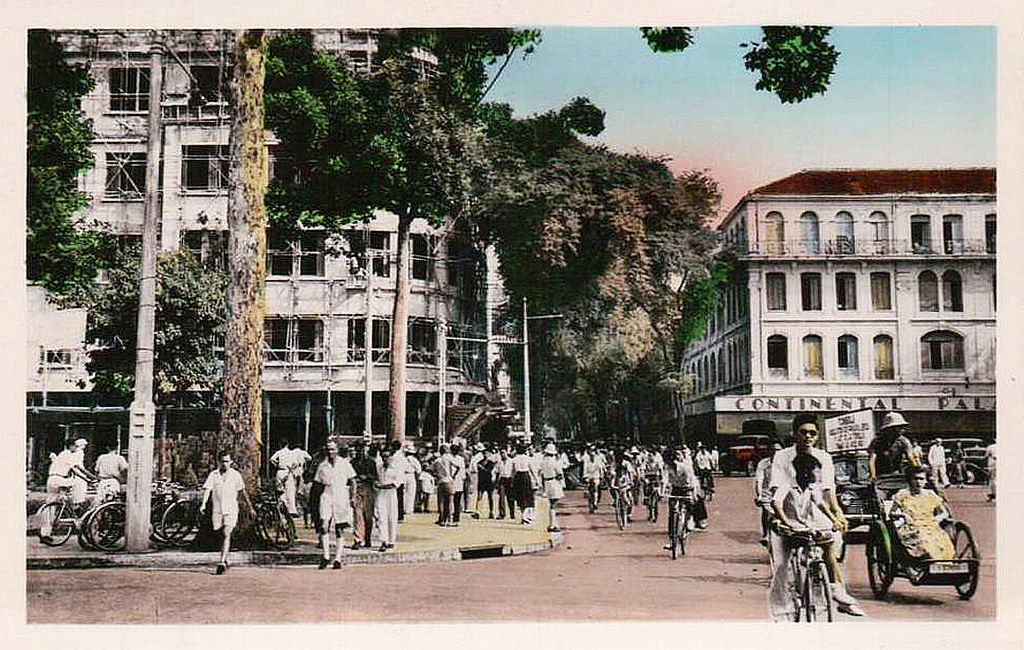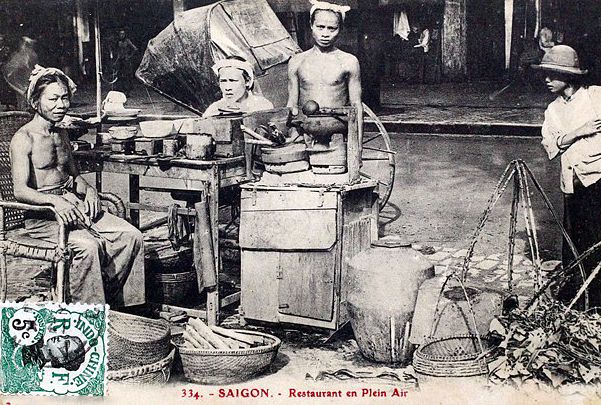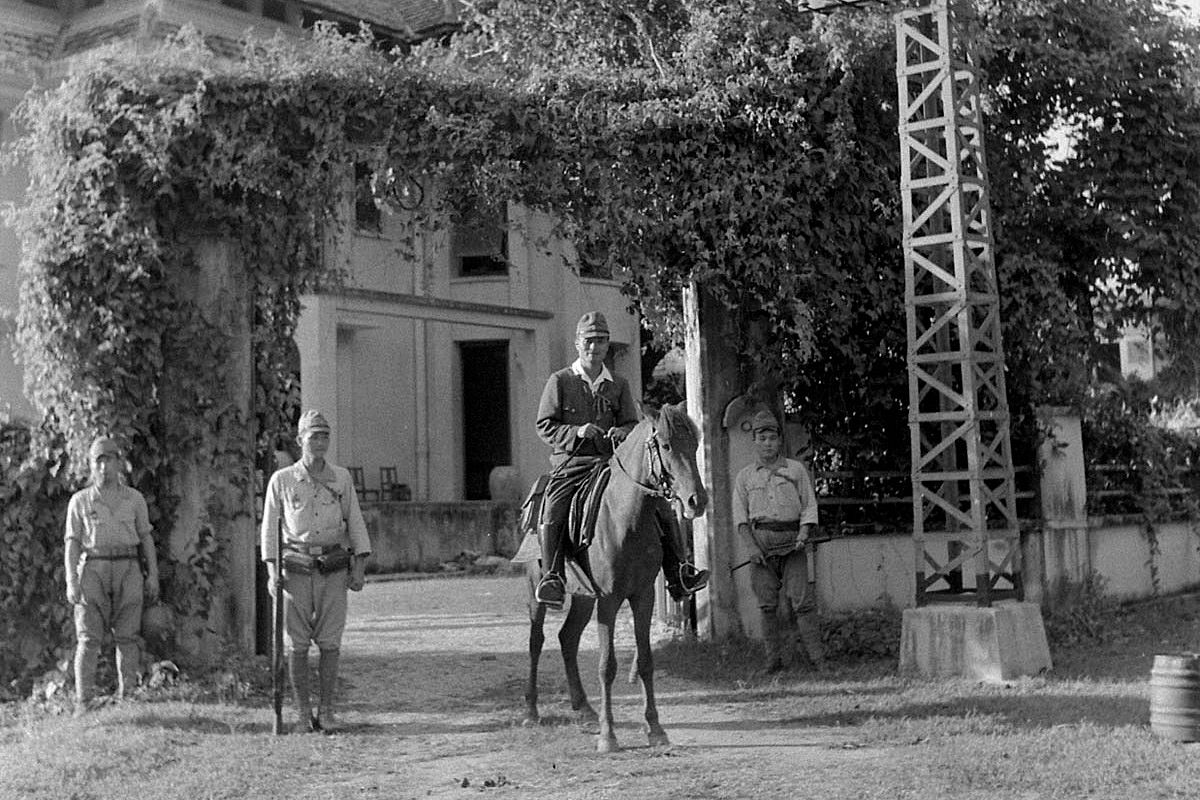Last year, Saigon said goodbye to its beloved Tax Center, as the shopping complex closed its doors to prepare for construction of the new 40-story tower to be built in its place.
Almost immediately, local and foreign residents – along with historians, architects and other experts – began to lobby for the conservation of one of the city's most iconic buildings, or at the very least, some of its architectural elements.
Thankfully, Saigon Commercial Corporation (Satra), the company which manages the building, heard the call and agreed to preserve at least a portion of the structure at least a portion of the structure once known as the Grands Magasins Charner (GMC), though the exact specifics of what was to be preserved were never announced.

The Tax Center seen in early 2014. Photo by Alexander McMillan.
Earlier this week, however, Satra released more details about its conservation plan for the 91-year-old structure, reports VnExpress. The current six-story building will serve as a base for the forthcoming skyscraper, with the original facades of its first three stories remaining as they are, while the three stories above will be redone in line with the original architecture.
Beyond that, the other 34 stories of the skyscraper will have a modern design but still fit well with the surrounding structures, according to the developers.
The real news, however, is what's happening within the building. For those who never had the opportunity to visit Saigon's Tax Center before its closure, the shopping complex's ground-floor lobby and grand staircase are an impressive sight. Flush with painstakingly detailed elements, such as a curved pair of wraparound staircases, beautiful bronze handrails and a series of intricate balustrades, the Tax Center's main entrance is a sight worthy of preservation. As such, Satra has announced that it will keep these elements to be featured in its new structure.
But the crown jewel of the space is its beautiful, sprawling mosaic floor. Experts believe the masterpiece within the Tax Center is a genuine Moroccan zellij mosaic, handmade from tiny enamel tiles called tessera. In Morocco, one of France's three north African protectorates during the 1920s, zellij handiwork dates back at least 1,200 years.

The Tax Center's mosaic staircase. Photo by Alexandre Garel.
“The conservation work inside the Tax Center is mainly to preserve the mosaic tile pattern,” a Satra representative told VnExpress. “The survey of the mosaic tiles’ condition is the first task in preparing for the conservation process and is being carried out in order to have an accurate assessment of conservation, human resources, financial resources and other issues related to selecting the optimal plan for preservation.”
While all of this is news to celebrate, concerns remain around how the Tax Center's interior elements will be handled in the coming months. According to Satra's plan, the items that are to survive in the new structure will be restored and removed, then packaged and stored safely until the completion of the new building, at which time they'll be reinstalled in their rightful place in the main lobby.
Particularly with the Moroccan mosaic, this is an extremely complex process. Conservationists must document their work in heavy detail to ensure that the reinstalled mosaic remains as true as possible to the original masterpiece; inexperienced conservationists could botch the job if they're not careful.
As such, local conservationists and experts have raised some concerns about cost-cutting measures, which could jeopardize the elements that are being preserved.
“Mosaics in [Vietnam] are completely different from Moroccan zellij, and in our view there are no suitably qualified people here to do the job. It's highly specialized work,” resident historian Tim Doling tells Saigoneer. “That's nothing to be ashamed of, as every country has its areas of specialism. But we impressed upon Satra how crucial it is in this case to use overseas conservation experts, ideally with mosaic experience, and sent them a long list of possible candidates in Australia, USA and [the] UK. The French Consul General would also be willing to advise on suitable experts in France.”
Moving forward, the preservation of architectural elements within the Tax Center is a positive step in a city that doesn't have a great track record when it comes to hanging on to its history. While no one has been named publicly to oversee the conservation project yet, only time will tell whether the actual preservation of the space will be done correctly.














